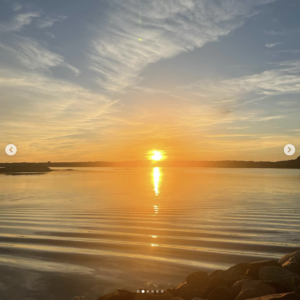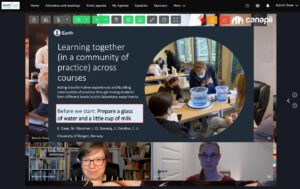
Currently reading: “The Ideal Outcome of Education for Sustainability: Transformative Sustainability Learning” (Michel et al., 2020)
I have written about transformative experiences (wave watching! When you suddenly see the world with new eyes) and transformative learning (with my favourite head-hands-heart model) before, but here comes the…

